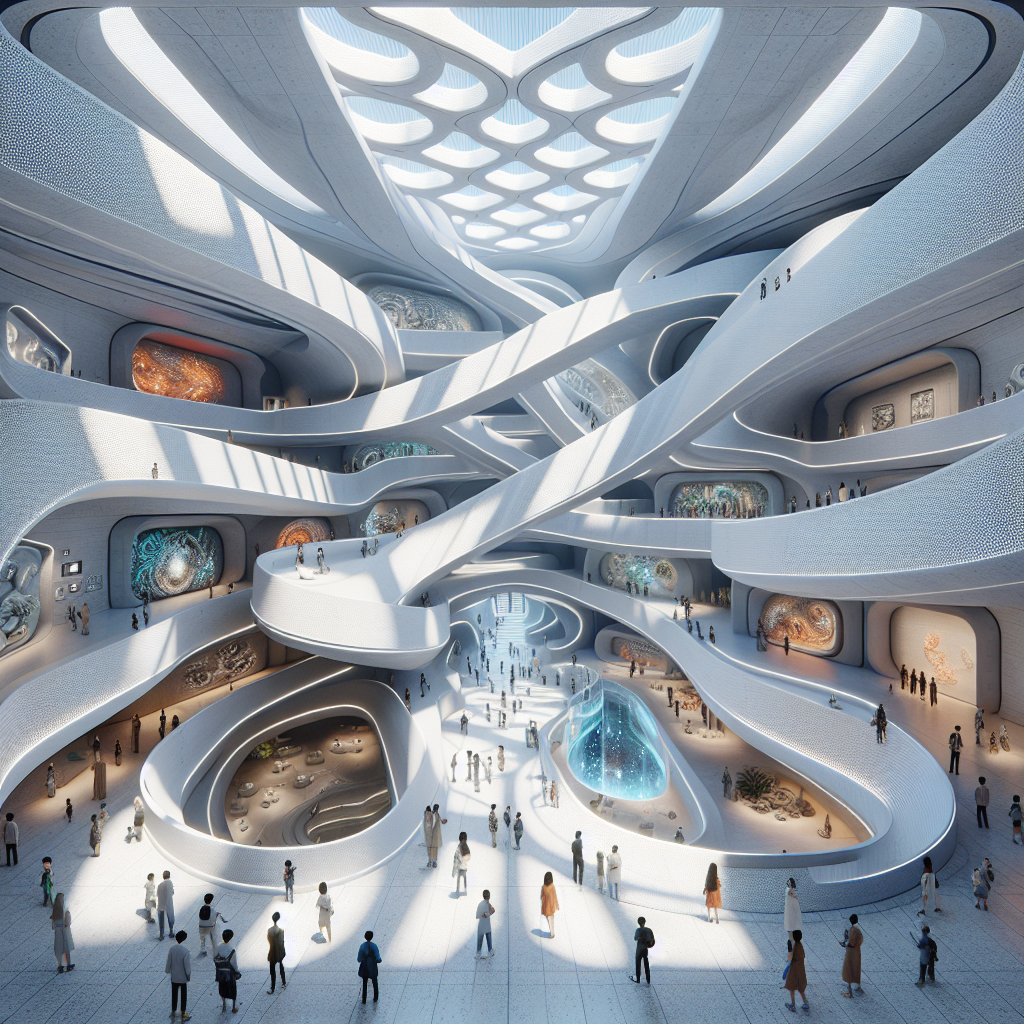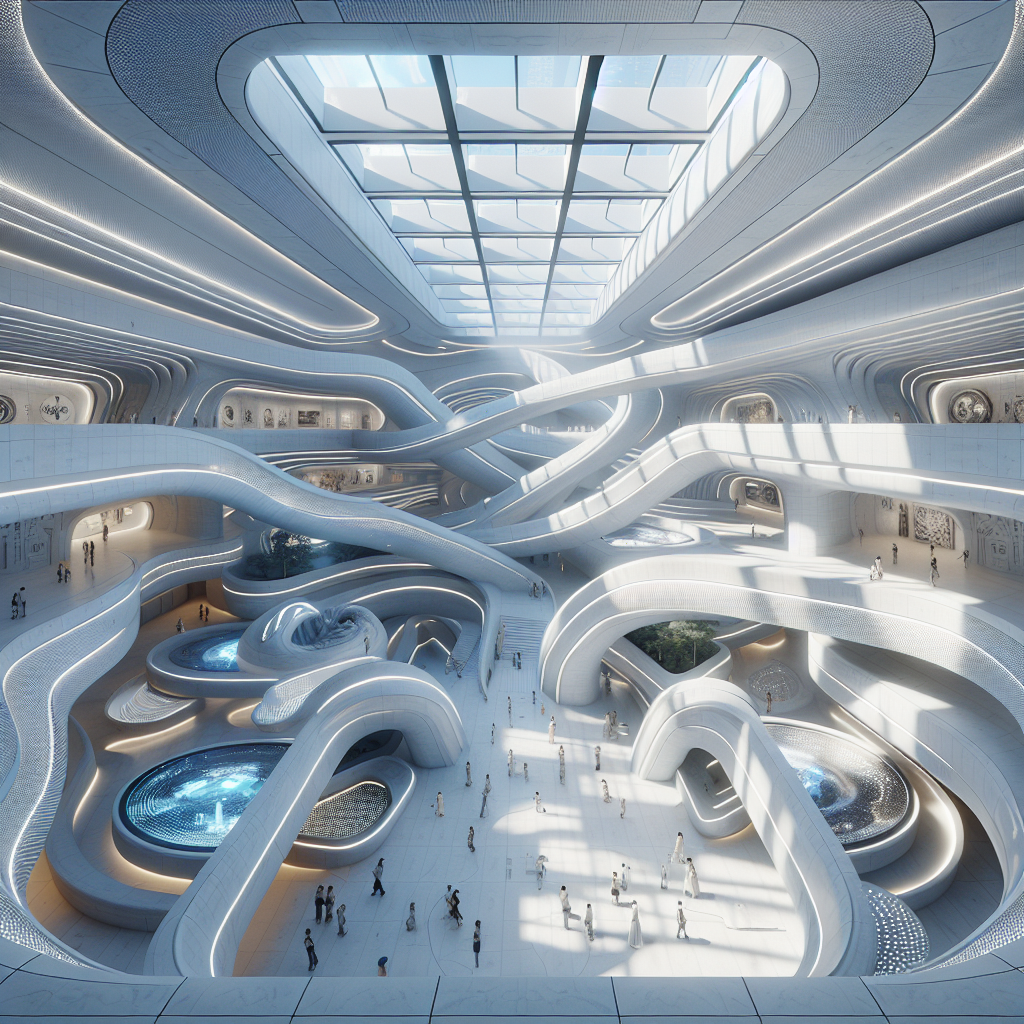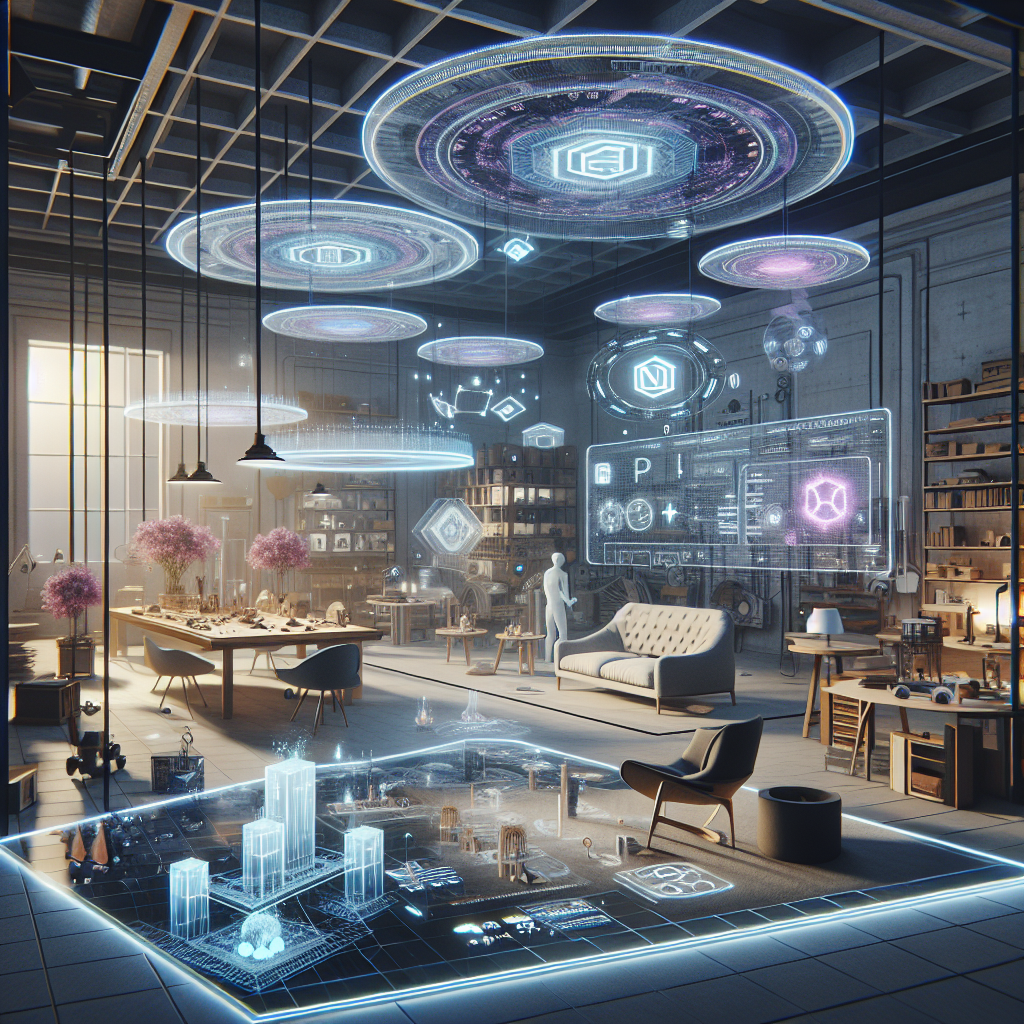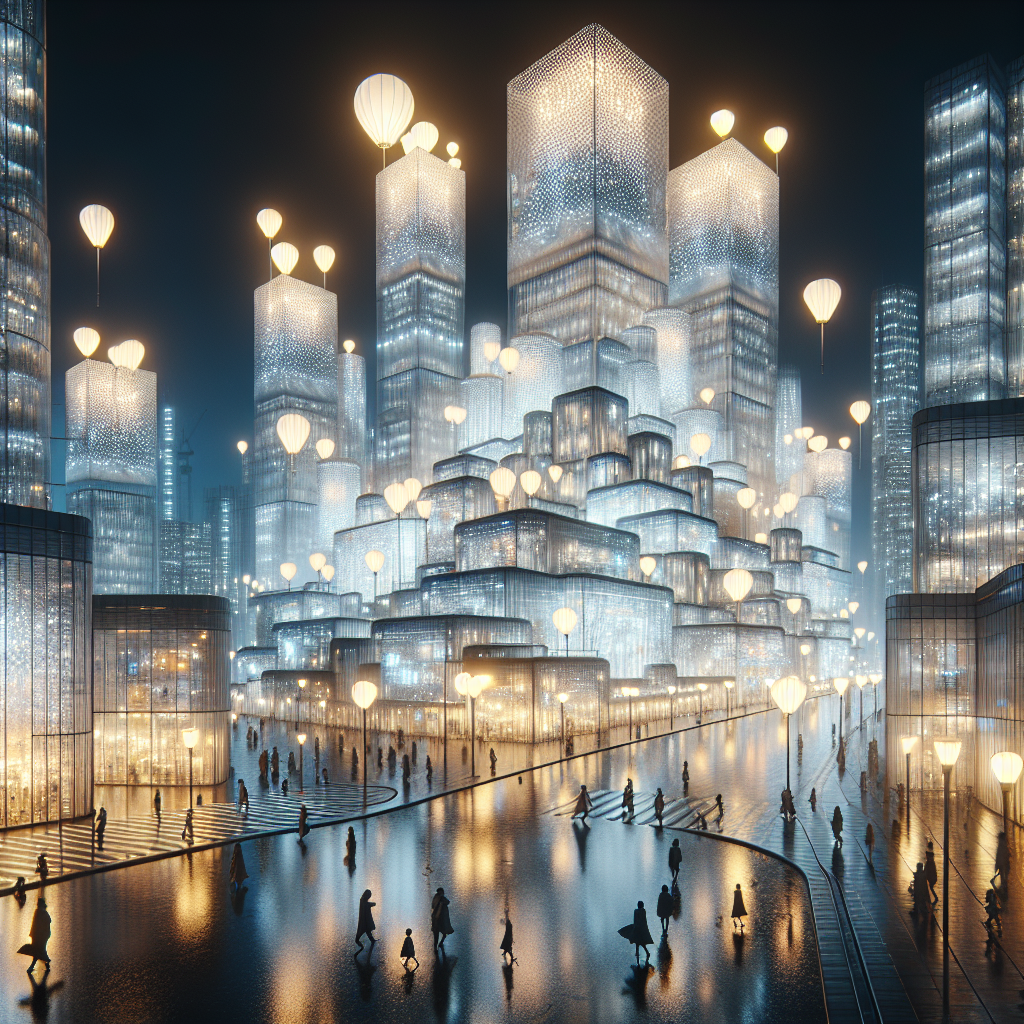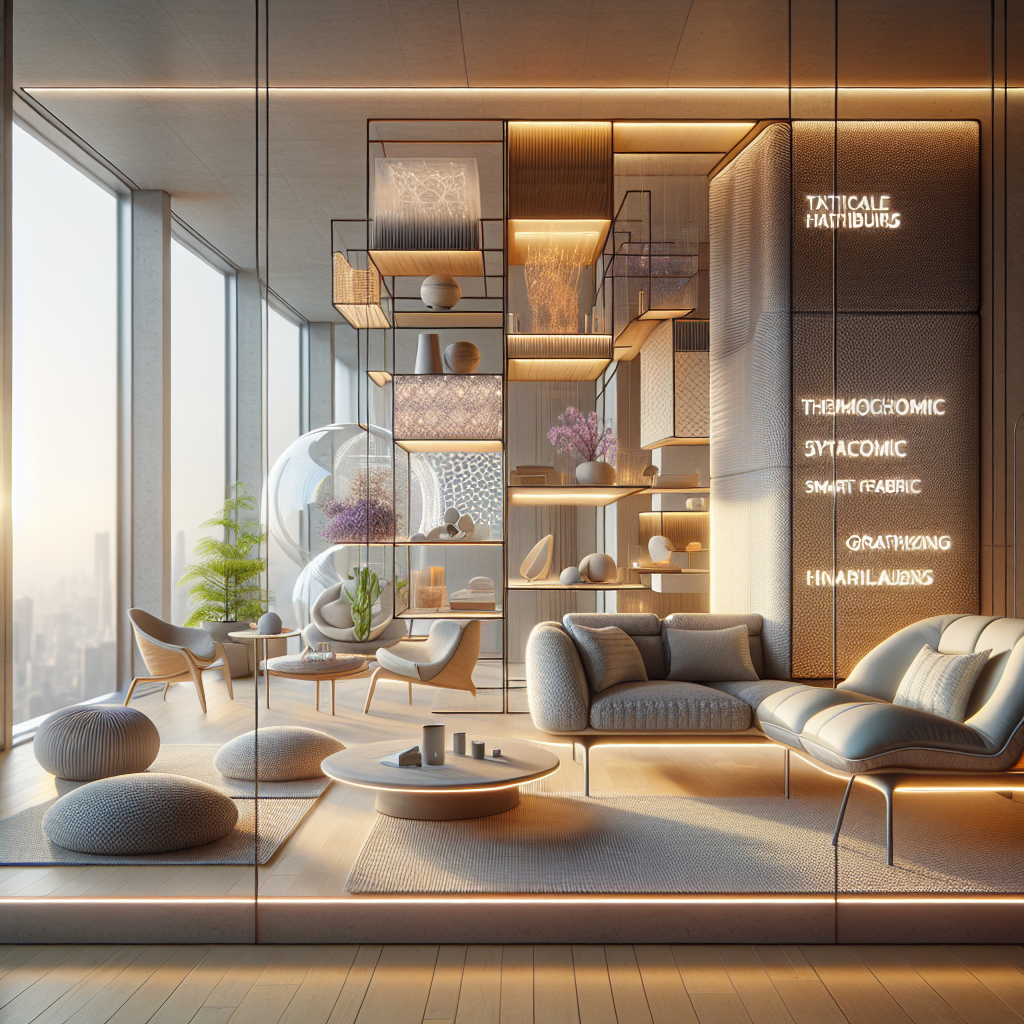The labyrinth re-imagined twisting corridors in progressive museums
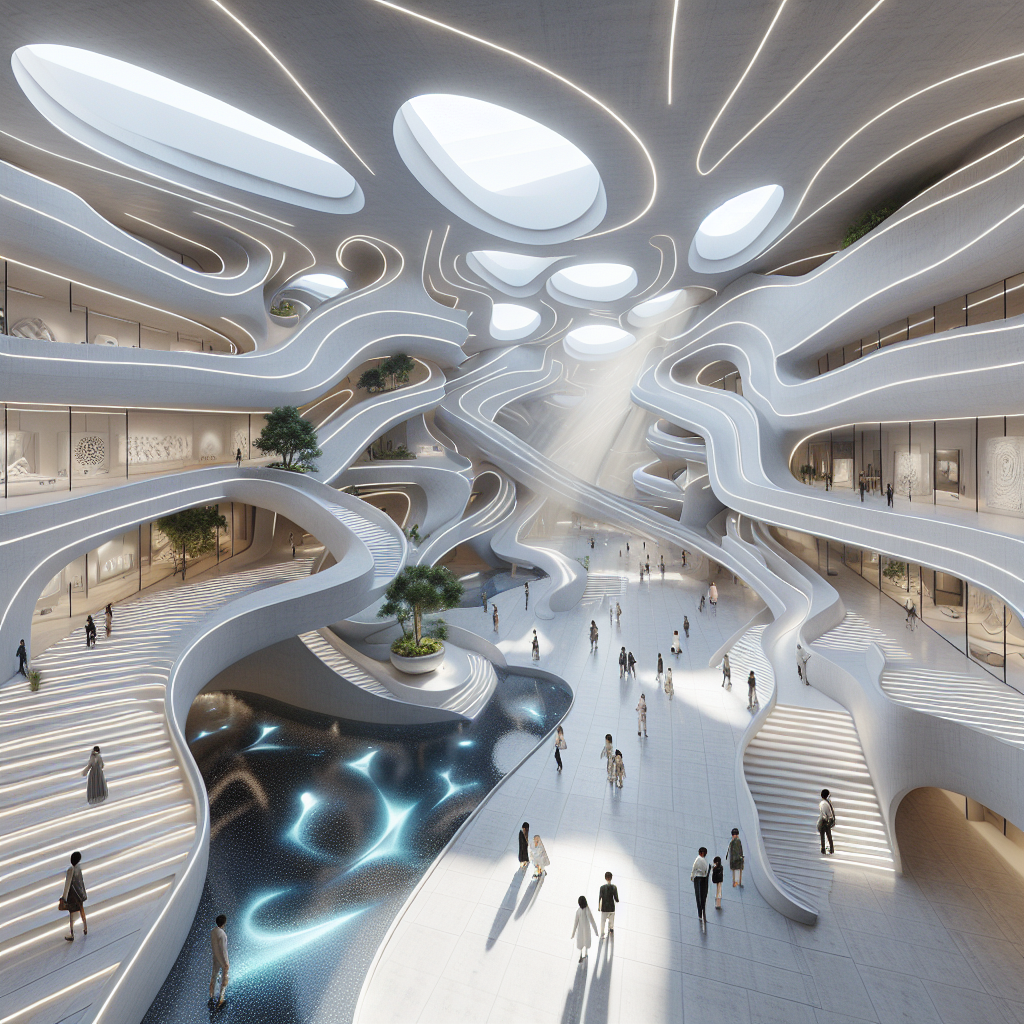
The Labyrinth Re-Imagined: Twisting Corridors in Progressive Museums
In the evolving landscape of museum architecture, the labyrinth has emerged as a compelling metaphor for exploration, discovery, and engagement. Gone are the days of rigid, linear galleries that dictate a singular path. Instead, contemporary museums are embracing twisting corridors, intricate passageways, and immersive spatial experiences that challenge conventional notions of navigation. This shift is not merely aesthetic; it is a deliberate attempt to redefine how visitors interact with art, history, and culture.
The Labyrinth as a Design Philosophy
The labyrinth has long been a symbol of mystery and intellectual pursuit, from the ancient Minoan labyrinth of Knossos to the elaborate hedge mazes of Renaissance Europe. Today, architects are reinterpreting this concept in museums, using it to create dynamic spaces that encourage curiosity and contemplation.
One of the most striking examples of this approach is the Joan Miró Foundation Museum in Barcelona. Designed by Josep Lluís Sert, the museum’s layout is a maze of interconnected rooms and corridors that invite visitors to wander freely, much like Miró’s own surrealist compositions. This architectural strategy fosters a sense of discovery, allowing visitors to stumble upon unexpected artworks and perspectives. Read more about the Joan Miró Foundation Museum here.
Breaking Away from Traditional Museum Layouts
Traditional museums often adhere to a structured, chronological layout, guiding visitors through a predetermined narrative. While this approach has its merits, it can also feel restrictive. Progressive museums are now adopting more fluid, non-linear designs that empower visitors to chart their own course.
The Louvre Abu Dhabi, designed by Jean Nouvel, exemplifies this shift. Its intricate web of pathways and open spaces mimics the organic flow of a city, encouraging visitors to meander through galleries at their own pace. The interplay of light and shadow, created by the museum’s iconic dome, further enhances the sense of movement and transformation.
Similarly, the underground museums of Poland, such as the Rynek Underground in Kraków, utilize labyrinthine layouts to immerse visitors in historical narratives. By weaving through dimly lit tunnels and hidden chambers, guests experience history in a visceral, almost cinematic manner.
Technology and the Digital Labyrinth
As museums integrate digital technology into their spaces, the labyrinth is taking on new dimensions. Augmented reality (AR) and interactive installations allow visitors to engage with exhibits in ways that transcend physical space. For instance, the use of AR in museum design enables guests to unlock hidden layers of information, transforming a simple corridor into a gateway to another era.
In this regard, the influence of augmented reality in design is reshaping how we perceive and navigate museum spaces. Digital overlays can guide visitors through intricate routes, offering personalized experiences that adapt to individual interests.
Psychological Impact of Twisting Corridors
Beyond aesthetics and functionality, labyrinthine museum designs have a profound psychological impact. Winding paths and unexpected turns create a sense of anticipation, heightening engagement and emotional connection. This approach is particularly effective in contemporary art museums, where the journey itself becomes part of the artistic experience.
The Guggenheim Museum Bilbao, designed by Frank Gehry, is a prime example. Its undulating forms and seemingly chaotic layout challenge visitors to rethink spatial perception. The absence of a clear, linear path encourages deeper interaction with the artworks, as visitors must navigate through the space intuitively.
Biophilic Design and the Organic Labyrinth
Another emerging trend in museum architecture is the integration of biophilic design, which seeks to connect visitors with nature through organic forms and natural materials. Museums like the Louisiana Museum of Modern Art in Denmark incorporate winding garden paths and open-air corridors, blurring the boundaries between indoor and outdoor spaces.
This approach aligns with the principles of biophilic design, which has been shown to enhance well-being and cognitive function. By incorporating natural elements into labyrinthine layouts, museums create environments that are both stimulating and restorative.
The Future of Museum Navigation
As museums continue to evolve, the labyrinth will remain a powerful tool for shaping visitor experiences. Whether through physical architecture, digital enhancements, or psychological engagement, twisting corridors offer a compelling alternative to traditional museum layouts.
In a world where information is increasingly consumed in fragmented, non-linear ways, museums must adapt by offering spaces that reflect this new reality. The labyrinth, with its inherent sense of mystery and exploration, provides an ideal framework for the museums of the future.
For those passionate about architectural innovation, exploring how sustainability and design intersect in museum spaces is another fascinating avenue. As we move forward, the challenge will be to balance immersive, engaging environments with accessibility and inclusivity, ensuring that these labyrinthine spaces remain welcoming to all.
Ultimately, the re-imagined labyrinth is more than just a design trend—it is a philosophy that redefines how we experience culture, history, and art in the modern age.

